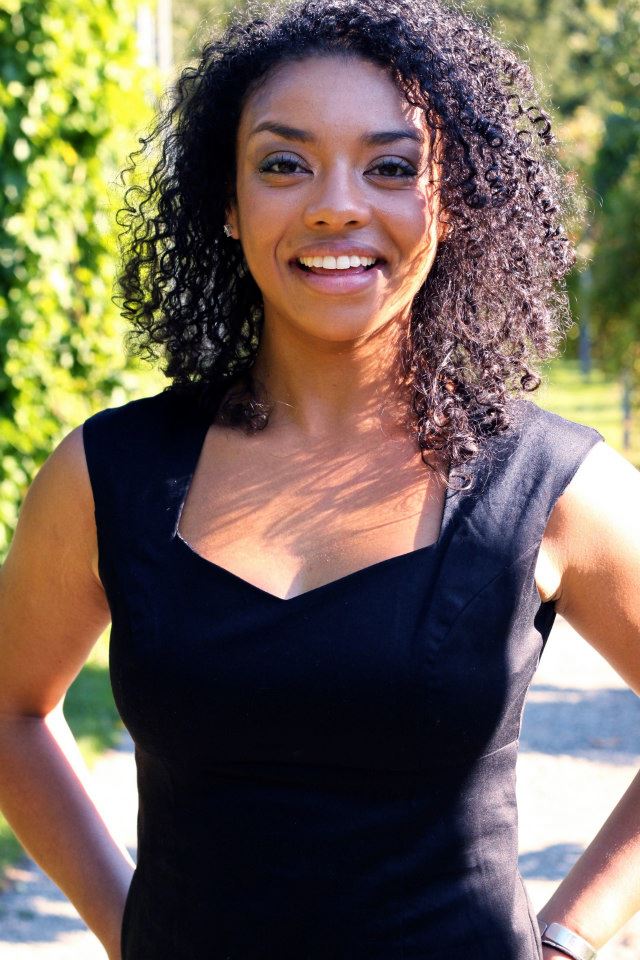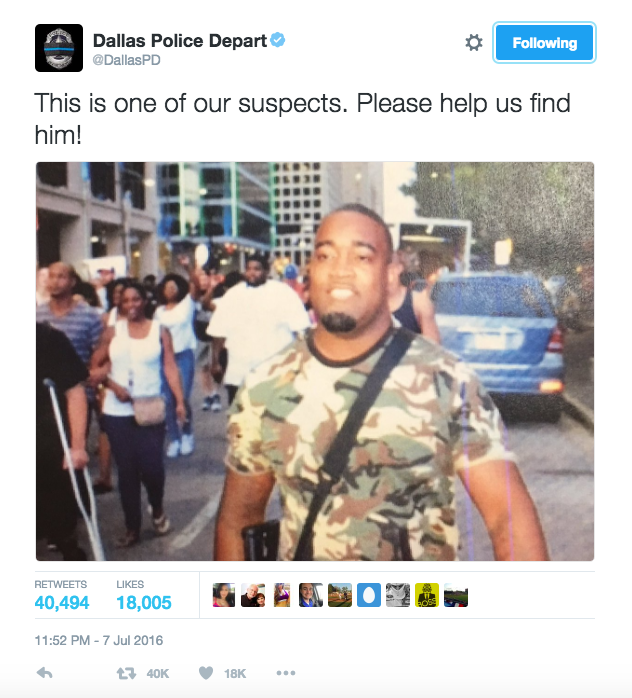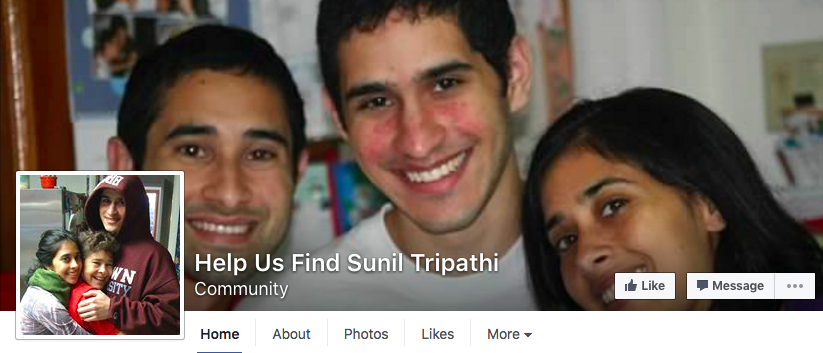Dallas Police Identified the Wrong Suspect

By:
One tweet by the Dallas Police Department made an innocent man the target of a chaotic hunt for a killer.
At the height of the chaos caused by snipers killing five police officers and injuring seven more during a peaceful demonstration in Dallas on Thursday, the Dallas Police Department tweeted out an image of Mark Hughes, naming him "one of our suspects."
 Twitter/Dallas Police Depart - twitter.com
Twitter/Dallas Police Depart - twitter.com
The problem is that Hughes should have never been considered a suspect in the first place.
Hughes was carrying a gun at the protest legally because Texas is an open-carry state. But before he was even questioned by officers or named as a suspect, video shows Hughes willingly handing the gun over at the protest.
Hughes would later explain that the he was encouraged to hand the gun over by his brother. He was then taken into custody by police and questioned as a suspect, but was cleared of any involvement in the shooting. Hughes was at the rally to support his brother, a Black Lives Matter activist, and both started receiving death threats after the police department's tweet spread on social media.
“They have received thousands of death threats already,” attorney Corwyn Davis said during a press conference, according to The Washington Post. “Unfortunately, there was a lot of negligence with that picture.”
People on Twitter asked for the original tweet to be taken down, but at the time of publication, it was still on the DPD's Twitter page.
Media outlets also shared the false information, but deleted the posts after video showed Hughes standing in the crowd when the shots were fired.
However, Hughes' name will forever be connected with the shooting.
This isn't the first time bogus information has been spread on social media during a high-profile crisis.
After the 2013 Boston Marathon bombing, Reddit users named missing 22-year-old Brown student Sunil Tripathi as a suspect based on his similar appearance to a picture of one of the bombers.
Tripathi had been missing for weeks at the time of the Boston Marathon and his family created a Facebook page to find him.
 Facebook/Help Us Find Sunil Tripathi - facebook.com
Facebook/Help Us Find Sunil Tripathi - facebook.com
After Tripathi's name circulated the internet, some media outlets reported him as a potential suspect. His family was targeted with hate messages.
Eventually, the real bomber was identified as Dzhokhar Tsarnaev and the FBI found Tripathi's body in the Providence River in Rhode Island.
Sometimes, mistakes like these can go to court.
During the Boston Marathon investigation, the New York Post put two young men on its cover and said the FBI was looking for "bag men."
The cover showed 16-year-old Salaheddin Barhoum and 24-year-old Yassine Zaimi and implied their bags were used in the bombings. In reality, they had nothing to do with the attack, and had traveled to the finish line to watch the race. The FBI never considered them suspects.
In 2014, Massachusetts Superior Court Judge Judith Fabricant wrote that the cover was defamatory after a motion by the New York Post to dismiss a lawsuit brought by the two men was denied. “The cover headline ‘BAG MEN’ in large capital letters across a photograph of the plaintiffs carrying bags, could fairly have been understood to imply that their bags were the ones that had transported the bombs,” she wrote, according to The Washington Post. After this decision, the New York Post settled the defamation lawsuit for an undisclosed amount of money, according to the New York Daily News.
